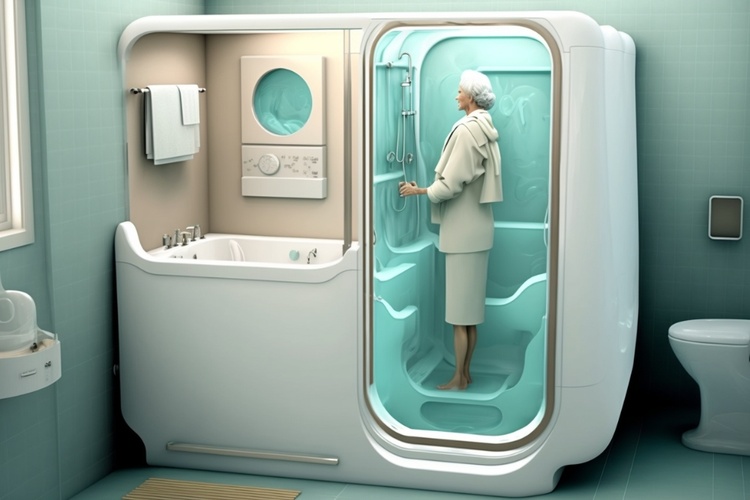On the Cutting Edge: How 3D Food Printing is Shaping the Future of Gastronomy
Today's culinary landscape is evolving faster than ever before, and at the forefront of this revolution is 3D food printing. This technology is not only transforming how our food is prepared but also challenging our perception of what food can be. Let's dig into this fascinating trend and explore how it's reshaping our culinary future.

The Concept of 3D Food Printing
3D food printing, in its simplest form, is a process where ingredients are layered by a machine to create edible structures. This technology has opened up new possibilities in food design, texture manipulation, and personalized nutrition. It’s not only about creating intricate shapes or patterns, but also about tailoring meals to individual health needs and preferences.
The Culinary Applications
Though still in its nascent stage, 3D food printing is already making an impact in various culinary arenas. High-end restaurants are using it to create stunningly intricate dishes that were previously impossible to achieve by hand. In contrast, the healthcare sector is exploring its potential to create texture-modified meals for patients with swallowing difficulties.
Nutrition Personalization and Sustainability
The potential for personalizing nutrition is one of the exciting prospects of 3D food printing. In theory, it could tailor meals to an individual’s specific dietary needs, adjusting ingredients and portion sizes based on factors like age, health conditions, and physical activity. Additionally, the technology could contribute to sustainability by reducing food waste and enabling the use of alternative protein sources.
The Challenges Ahead
Despite its potential, 3D food printing is not without its challenges. High costs, slow printing times, and limited ingredient options are some of the hurdles that need to be overcome. Also, the technology still needs to convince consumers that 3D printed food can match, or surpass, traditional food in taste and texture.
The Future of 3D Food Printing
While 3D food printing is still in its early stages, the possibilities it offers are truly exciting. As the technology advances, we could see it becoming a common feature in our kitchens, restaurants, and healthcare facilities. With its potential to revolutionize how we prepare, perceive, and consume food, 3D food printing is undoubtedly a trend to watch.
- A 3D printer can create intricate shapes that would be difficult, if not impossible, to achieve by hand.
- Personalized nutrition could become a reality with 3D food printing, as it could tailor meals to an individual’s specific dietary needs.
- 3D food printing could contribute to sustainability by reducing food waste and enabling the use of alternative protein sources.
The world of 3D food printing is an exciting frontier in the culinary world, at once a testament to our technological prowess and a playground for our gastronomic imagination. It’s an innovation that invites us to rethink food, not just as sustenance, but as a dynamic medium for creativity, personalization, and sustainability. So, as we look ahead to the future of food, one thing is clear: it’s going to be tasty, techy, and terrifically exciting!




